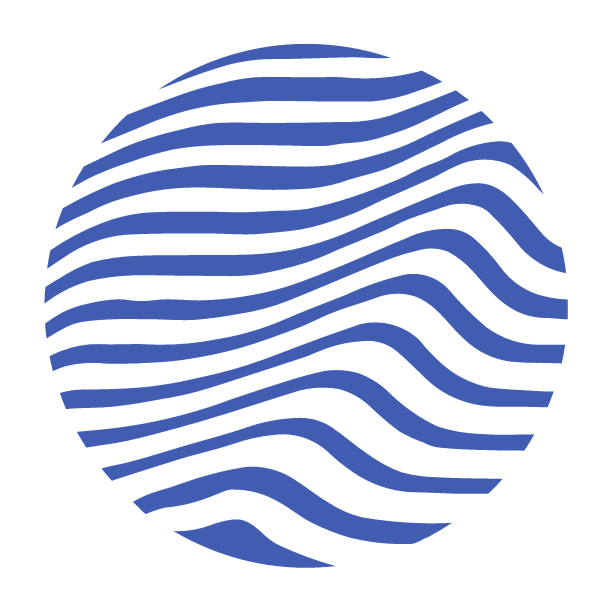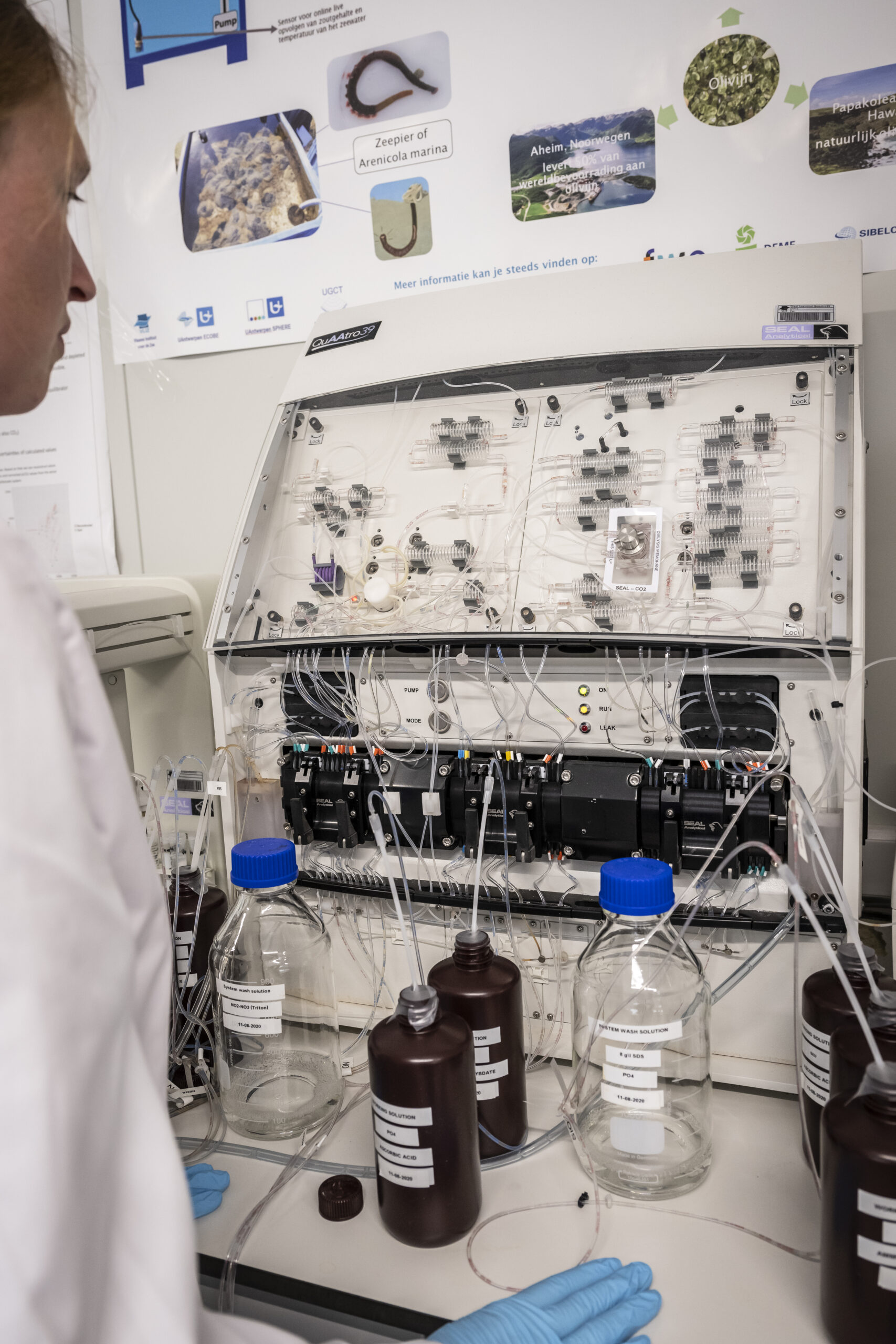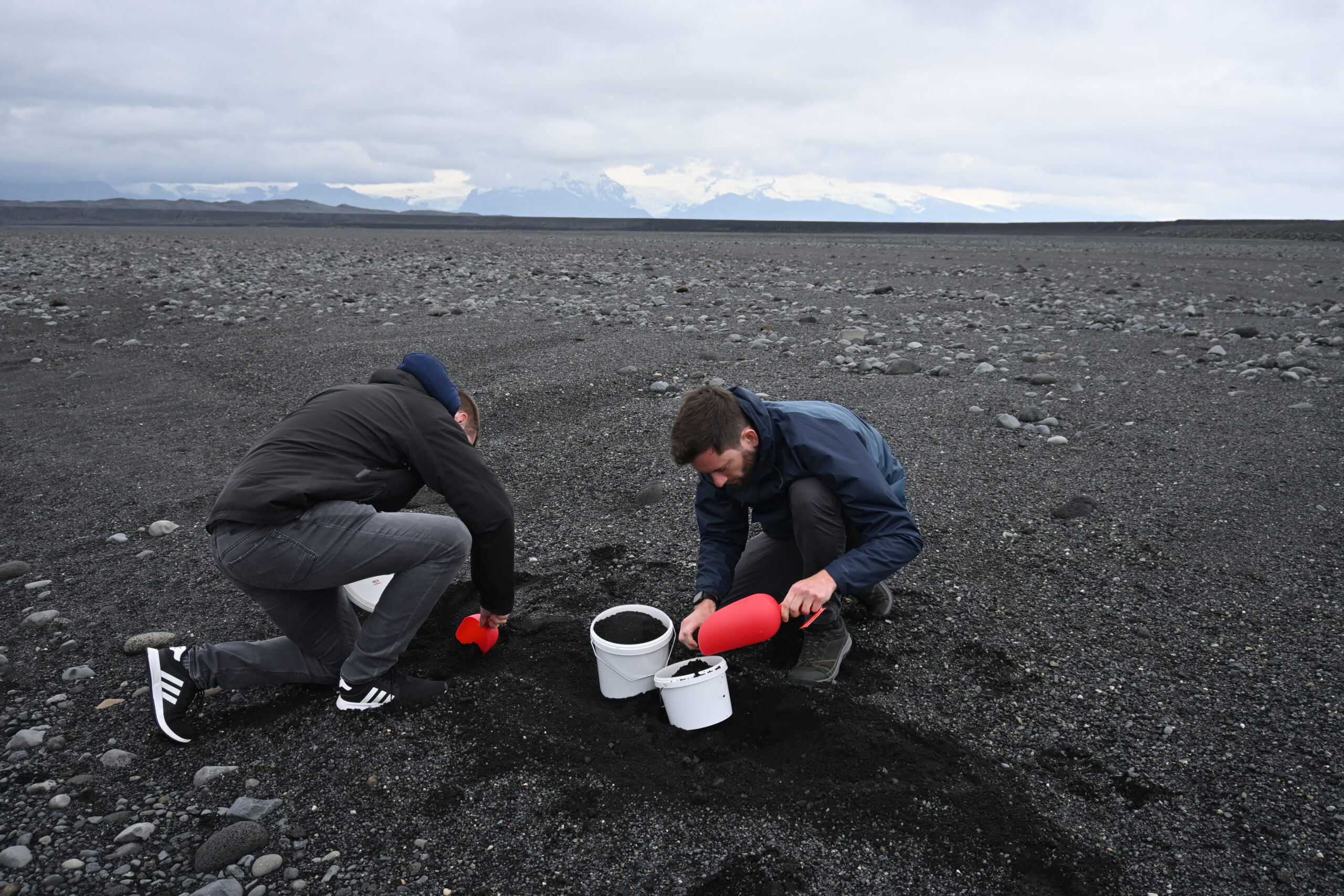Merging lab and nature
Current knowledge on how mineral dissolution or precipitation can increase ocean alkalinity is largely based on laboratory experiments in seawater under ideal conditions. However, one of the main differences between a laboratory and natural coastal environments is the physical and biological processes that affect weathering in nature. Coastal Carbon aims to bridge the gap between laboratory and natural conditions.
Microcosm setup
When studying ocean alkalinization, it is important to thoroughly understand the conditions that affect this natural process. Microcosms are small-scale laboratory incubators that isolate a layer of natural sediment and overlying seawater. They allow us to control experimental conditions to identify natural drivers of alkalinity production.
Coastal Carbon is currently carrying out three types of microcosm experiments. Flow-through incubators simulate coarse sediments with high flushing of the porewater, rotor incubators simulate medium fine sediments that have limited porewater flushing and core incubators simulate fine sediments without porewater flushing.
Rolling tables
Waves and currents make sediment grains collide with each other and cause a constant abrasion of the grain surface of silicate particles. Consequently, dissolution of the particles, and thus alkalinity release rates, could be higher in natural environments than in idealized laboratory experiments.
Coastal Carbon is currently setting up an extensive experiment with 30 rolling tables, to evaluate the effects of grain tumbling speeds on alkalinity release rates in natural seawater and compare the collision effects on different silicate minerals.
Unique mesocosm infrastructure for enhanced weathering
A unique mesocosm infrastructure dedicated to enhanced weathering research was constructed by University of Antwerp in Ostend (Belgium) in 2013 and is the longest-running coastal enhanced weathering setup in the world.
Today, the research facility consists of 20 mesocosms each replicating one square meter of North Sea seafloor. Each mesocosm tank includes a 40 cm layer of North Sea sediment and 500 L of seawater. In most of the tanks, lugworms (Arenicola marina) have been added as natural bioturbators.
The primary goal of the mesocosm setup is to evaluate the CO₂ sequestration capacity of the fast-weathering silicate mineral olivine. Different grain sizes and concentrations of olivine have been added to the sediment. Weekly samplings of the overlaying water provide insight into olivine dissolution rates, alkalinity release and CO₂ sequestration rates.
The Mesocosm operations are funded by Carbon Time Odyssea (11/2022 – 12/2025) and FWO (SBO, 01/2019 – 12/2022).
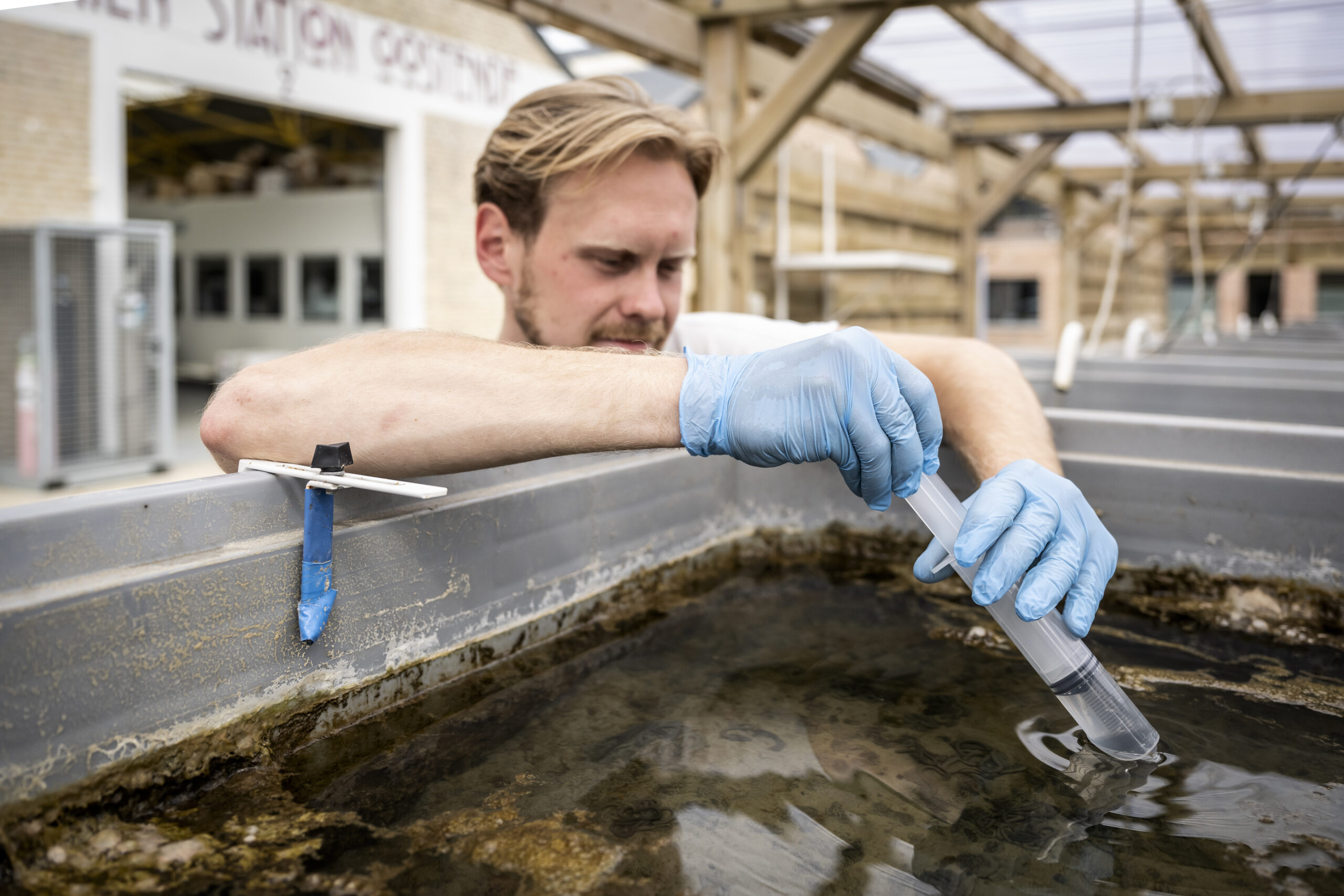
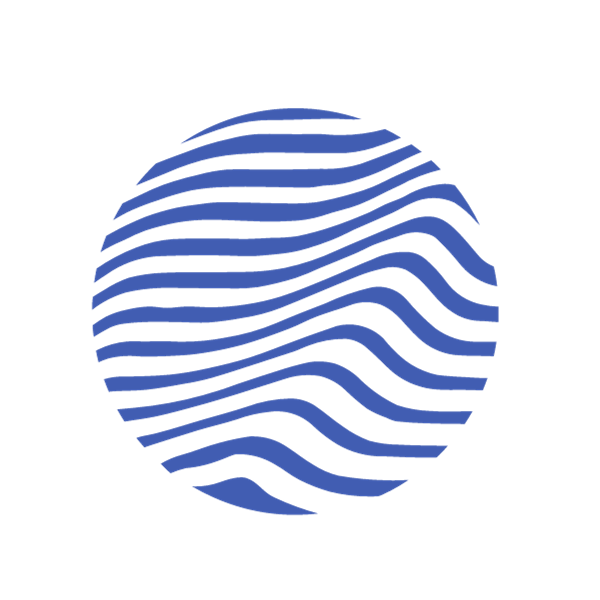
Coastal Carbon groups all coastal ocean alkalinization projects of the Geobiology research group at the University of Antwerp. We investigate natural processes that drive ocean alkalinity content and explore how ocean alkalinity can be increased to stimulate the ocean’s CO₂ storage capacity.
© 2024 Coastal Carbon | Privacy statement
